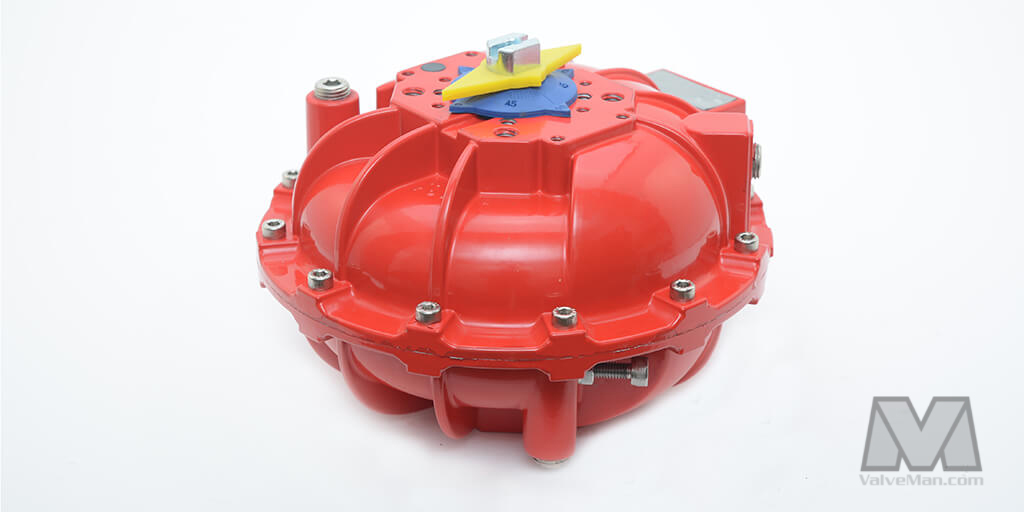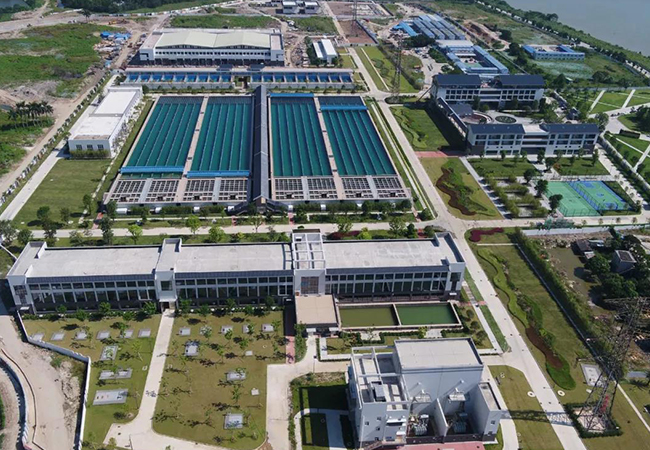Understanding the science behind motor life can help you make informed decisions about your equipment. Several factors contribute to the longevity of an electric motor, from environmental conditions to usage patterns. This article delves into the science of motor life and how geotextile materials can improve its longevity by shielding motors from harmful external factors.
What is the role of friction in motor life?
Friction is a natural result of motor components working together. Over time, friction leads to wear and tear, shortening the motor’s lifespan. Regular lubrication and protecting the motor with geotextile materials can minimize friction by preventing dust and dirt buildup, which would otherwise increase resistance and wear.

How does temperature affect motor life?
Excessive heat can accelerate the breakdown of motor components, especially insulation materials. Keeping the motor cool is key to its longevity. Using geotextile to shield motors from heat or moisture in hot and humid environments helps maintain optimal operating conditions, prolonging the motor’s life.
How do vibrations impact motor components?
Vibrations, especially in heavy-duty motors, can cause mechanical failure if not managed properly. Motors in high-vibration environments benefit from geotextile materials that help absorb vibrations or stabilize surrounding equipment, which in turn prevents damage and enhances motor life.
What role does regular maintenance play in motor life?
Routine checks, cleaning, and proper lubrication can significantly reduce wear and tear, extending the motor’s lifespan. Using geotextile materials as a filter against debris and moisture allows for cleaner, more efficient motor operation, reducing the need for constant maintenance.
The science of motor life is centered around minimizing friction, temperature extremes, vibrations, and wear. By using geotextile materials to protect the motor, users can extend its operational life, reducing maintenance costs and downtime.
